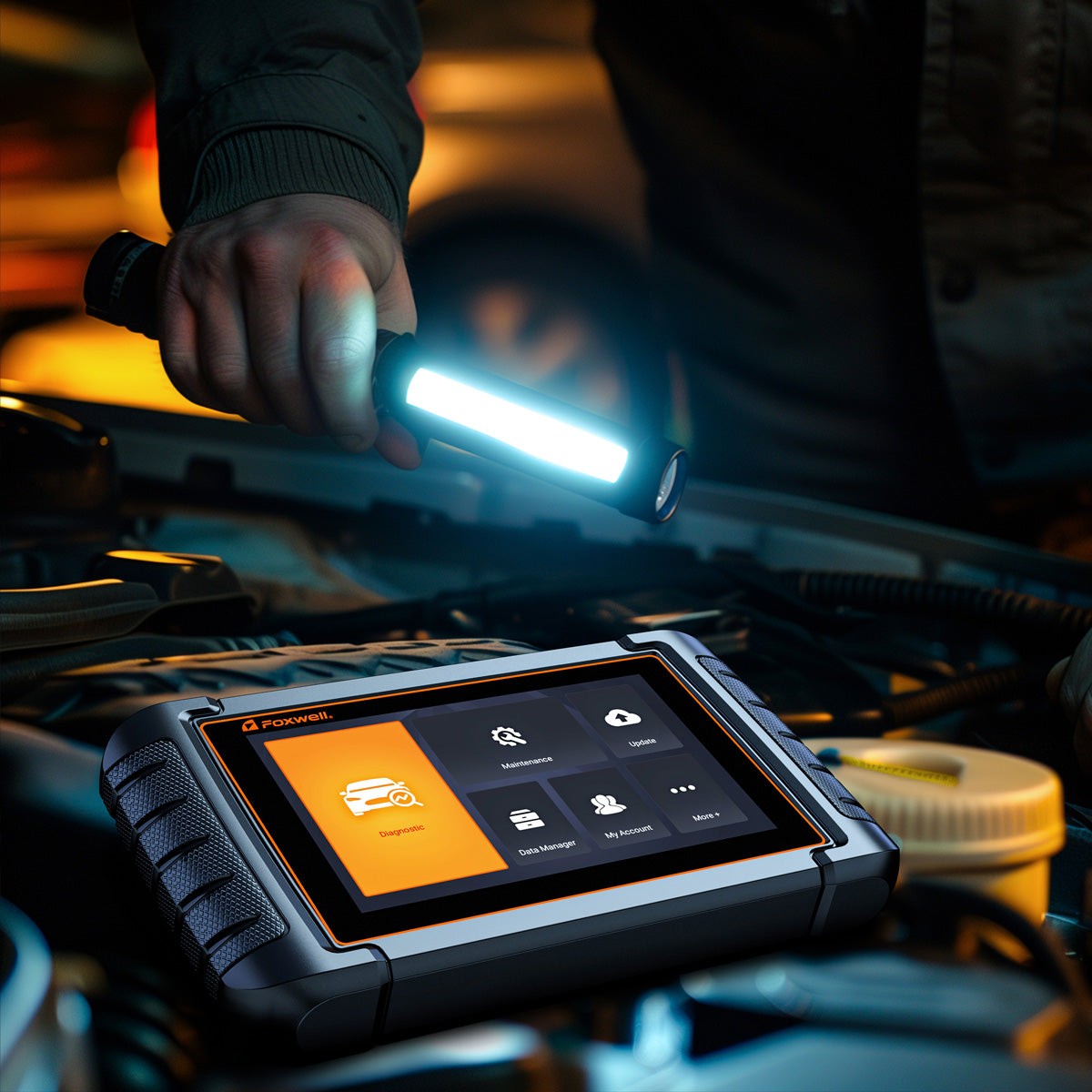The evaporative emission control (EVAP) system in your vehicle plays a crucial role in preventing fuel vapors from escaping into the atmosphere. A malfunctioning EVAP system can lead to reduced fuel efficiency, increased emissions, and even damage to other vehicle components. An Obd2 Scanner Evap Test is a vital diagnostic procedure for identifying and resolving EVAP system issues. This guide provides a comprehensive overview of the EVAP system, the importance of OBD2 scanners in EVAP testing, and a step-by-step guide to performing the test yourself.
Understanding the EVAP System
The EVAP system captures fuel vapors from the fuel tank and stores them in a charcoal canister. When the engine is running, these vapors are purged from the canister and burned in the engine. This process reduces harmful emissions and improves fuel economy.
Key Components and Functions
- Fuel Tank: Stores gasoline and contains fuel vapors.
- Charcoal Canister: Absorbs and stores fuel vapors.
- Purge Valve: Controls the flow of fuel vapors from the canister to the engine.
- Vent Valve: Allows fresh air into the canister for purging.
- Pressure Sensor: Monitors the pressure within the EVAP system.
Common EVAP System Issues
- Loose or Damaged Gas Cap: The most common cause of EVAP leaks.
- Cracked or Leaking Hoses: Allows vapors to escape.
- Faulty Purge or Vent Valve: Prevents proper vapor flow.
- Clogged or Damaged Charcoal Canister: Reduces the system’s ability to store vapors.
OBD2 Scanners and EVAP Testing
OBD2 scanners are essential tools for diagnosing EVAP system problems. They can read diagnostic trouble codes (DTCs), monitor sensor data, and perform specific EVAP tests. Advanced scanners like the Foxwell NT530 and NT650 Elite offer bi-directional control, allowing you to activate components like the purge valve for testing.
Essential Features for EVAP Testing
- Reading and Clearing DTCs: Identify and reset EVAP-related error codes.
- Live Data Monitoring: Observe real-time sensor readings, such as fuel tank pressure.
- Bi-directional Control: Activate EVAP components for testing purposes.
- Mode $06 Data: Access detailed diagnostic information about the EVAP system.
Performing an OBD2 Scanner Evap Test
Preparing for the Test
- Park on a Level Surface: Ensure accurate pressure readings.
- Fuel Level: Maintain fuel level between ¼ and ¾ tank.
- Cool Engine: Allow the engine to cool down before starting the test.
- Tighten Gas Cap: Ensure a proper seal.
- Connect OBD2 Scanner: Plug the scanner into the vehicle’s OBD2 port.
- Turn Ignition On: Without starting the engine.
Running the Test
- Select Vehicle: Input the year, make, and model of your vehicle into the scanner.
- Choose EVAP Test: Navigate to the EVAP system test within the scanner’s menu. This may be found under “Diagnostics,” “Control Modules,” or a similar section.
- Follow On-Screen Instructions: The scanner will guide you through the test procedure.
- Monitor Results: Observe the scanner’s display for any error codes or unusual readings.
Interpreting the Results
The OBD2 scanner will display any DTCs related to the EVAP system. Common codes include:
- P0440: Evaporative Emission Control System Malfunction
- P0441: Incorrect Purge Flow
- P0442: Evaporative Emission Control System Leak Detected (Small Leak)
- P0446: Evaporative Emission Control System Vent Control Malfunction
- P0455: Evaporative Emission Control System Leak Detected (Large Leak)
Consult the scanner’s code definitions or a reliable online resource to understand the specific meaning of each code.
Maintaining Your EVAP System
- Regularly Inspect Gas Cap: Ensure it’s tight and in good condition.
- Check Hoses and Connections: Look for cracks, leaks, or loose connections.
- Avoid Overfilling Fuel Tank: Prevent liquid fuel from entering the charcoal canister.
- Perform Periodic EVAP Tests: Identify potential problems early.
Conclusion
Performing an obd2 scanner evap test is a crucial step in maintaining your vehicle’s emissions system and overall performance. By understanding the EVAP system, utilizing the capabilities of an OBD2 scanner, and following proper testing procedures, you can effectively diagnose and resolve EVAP-related issues, ensuring your vehicle runs efficiently and remains environmentally friendly. Regular maintenance and prompt repairs will contribute to the longevity and optimal performance of your EVAP system.
